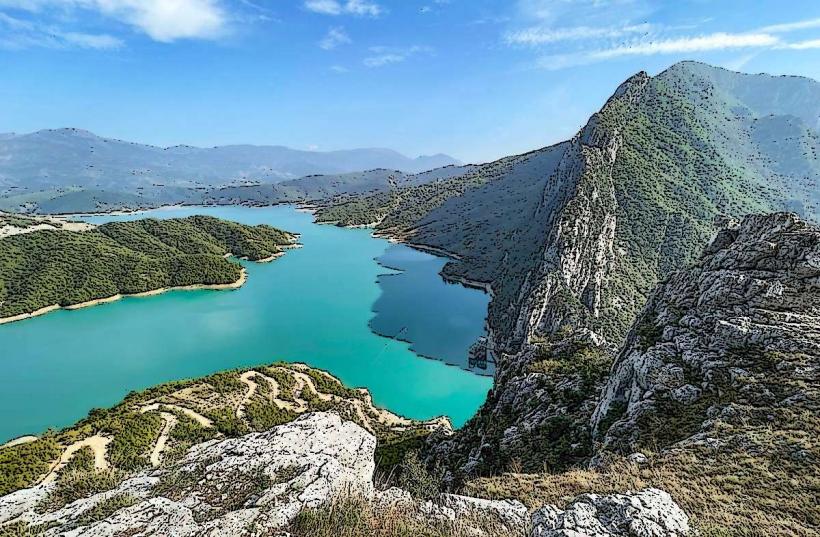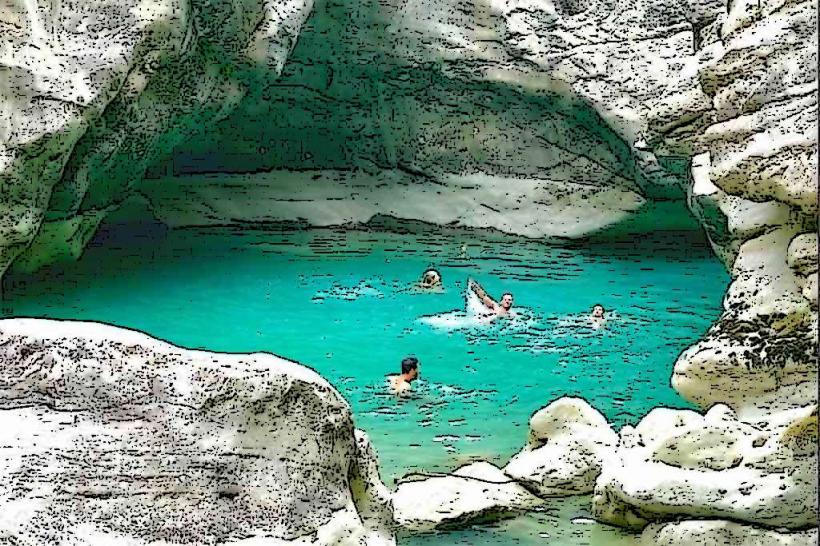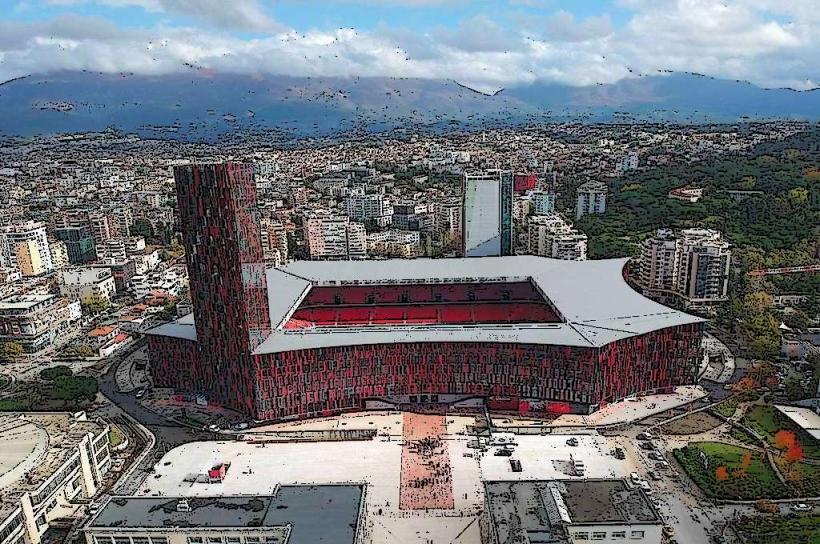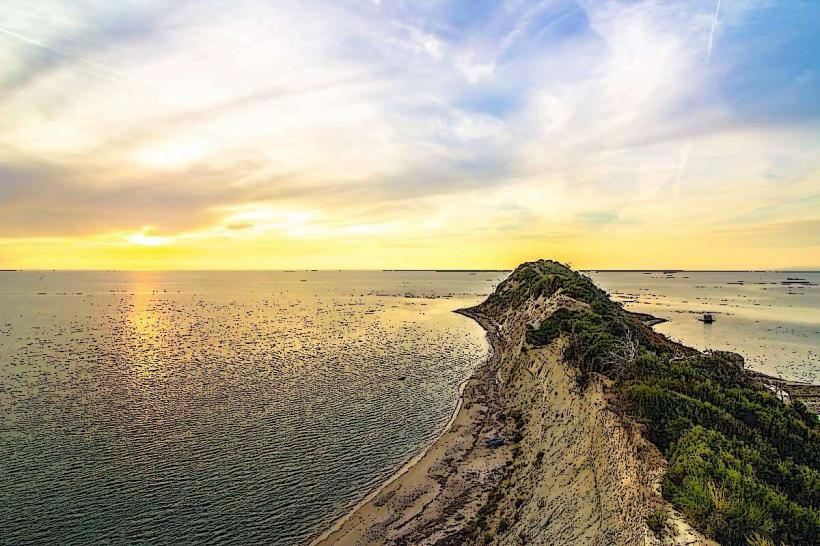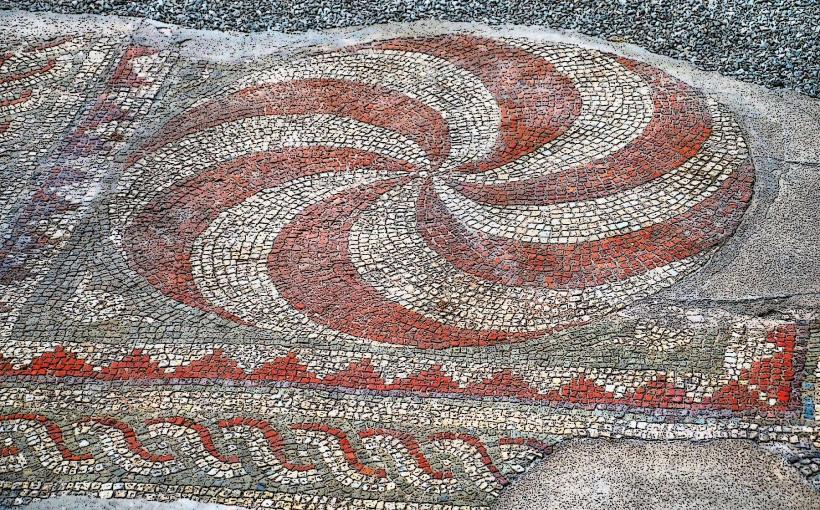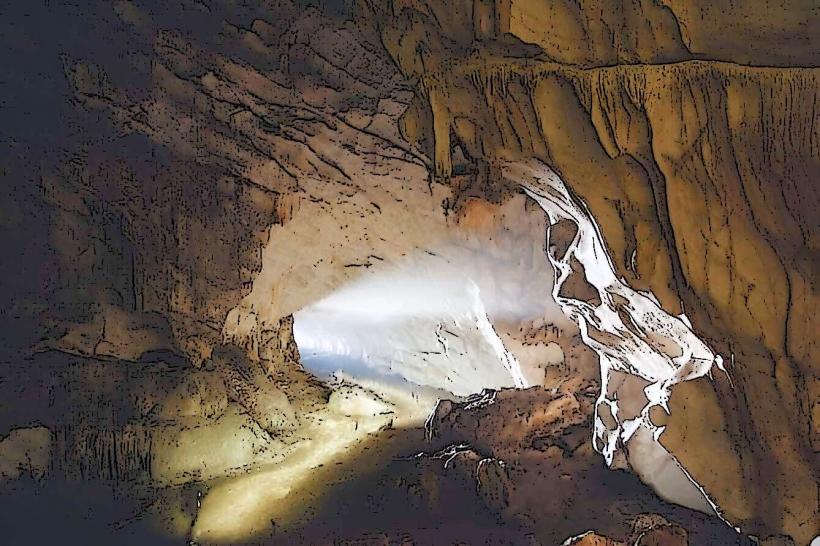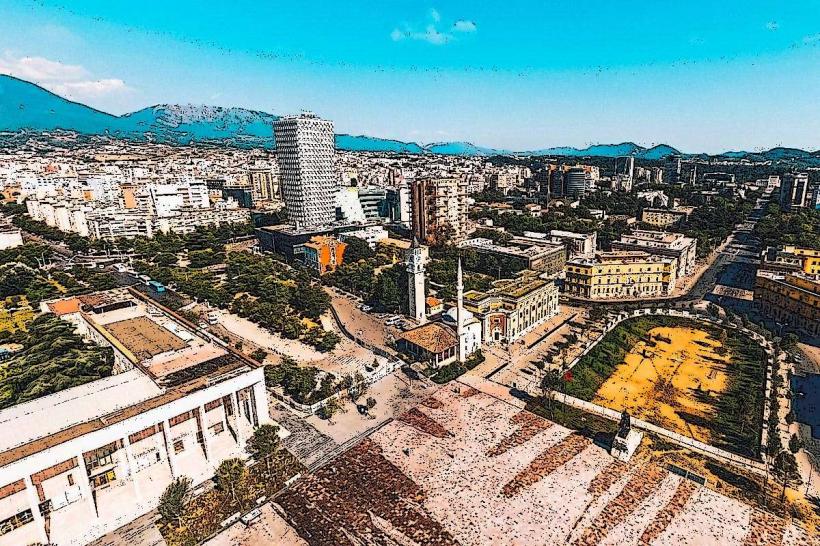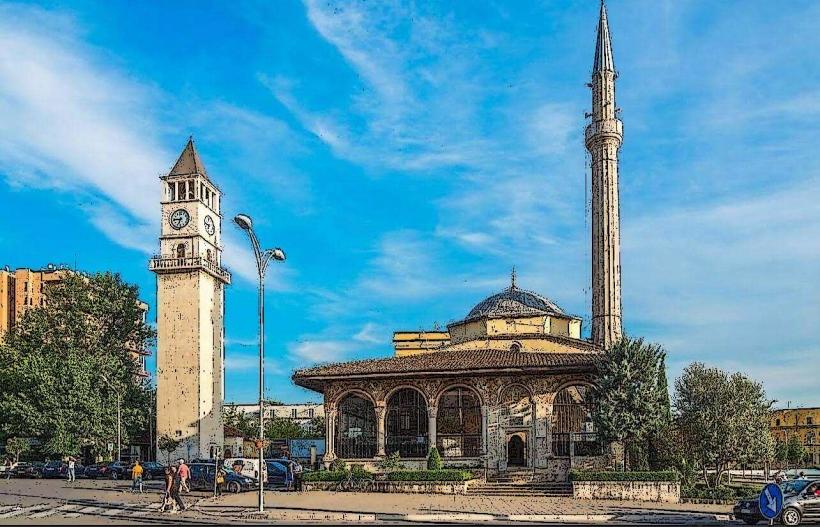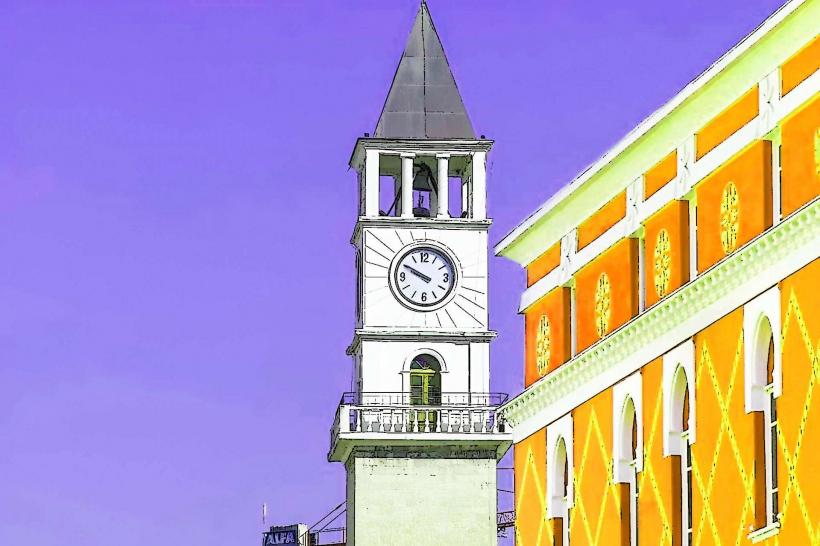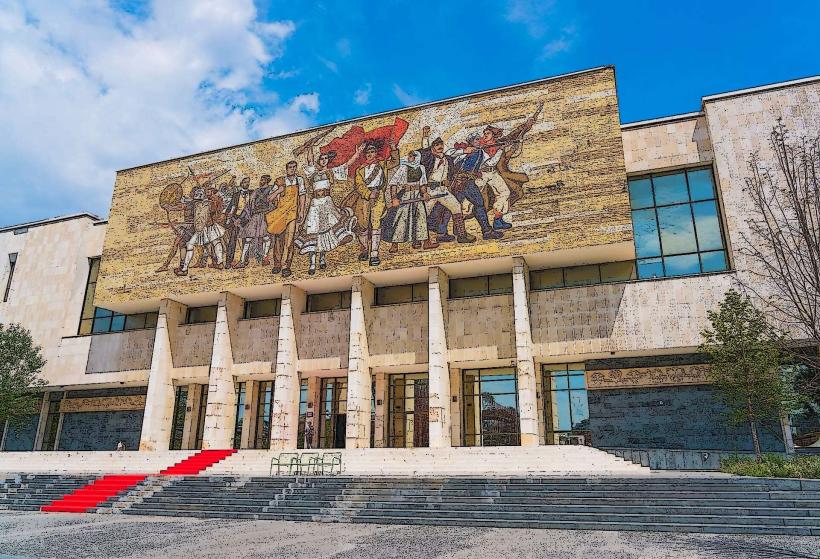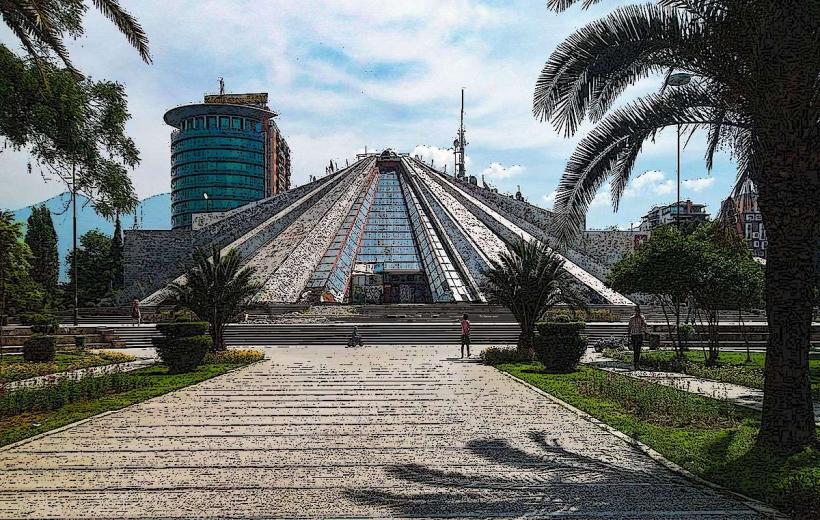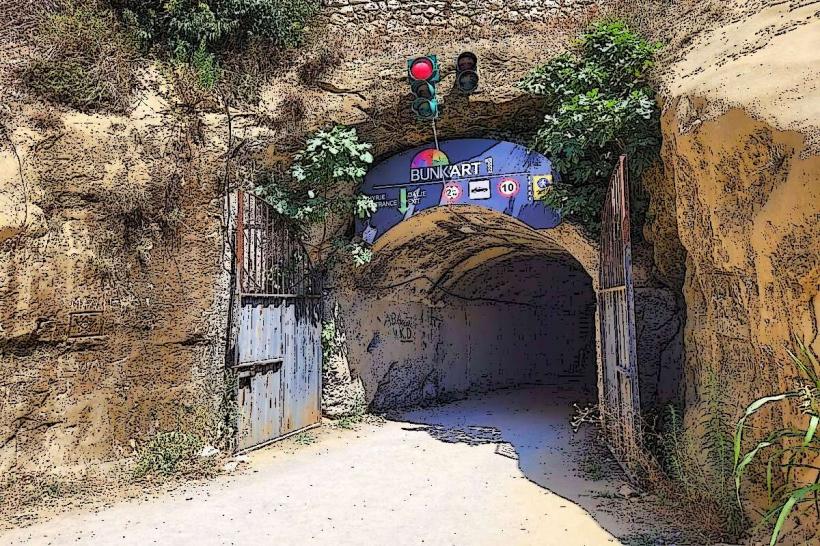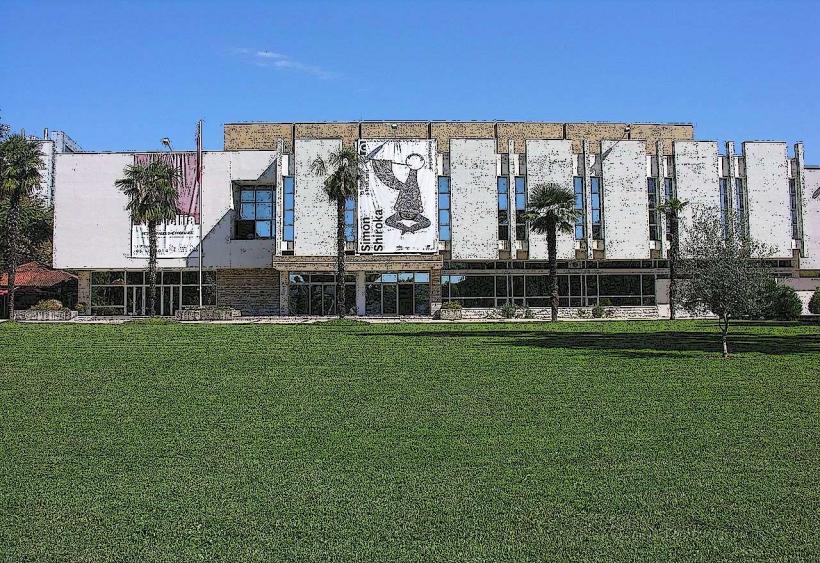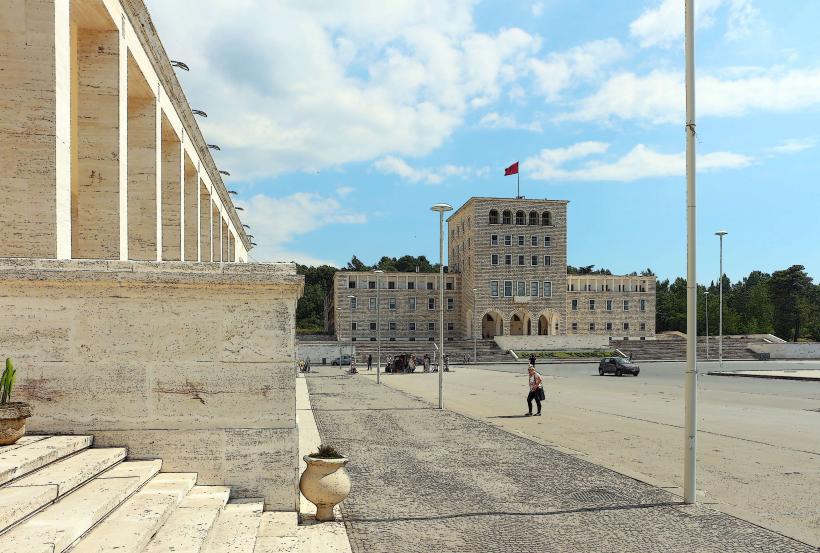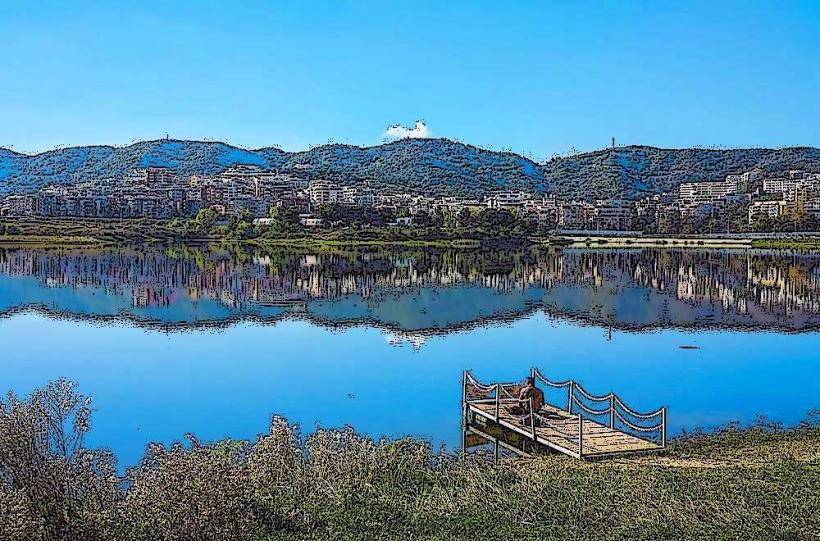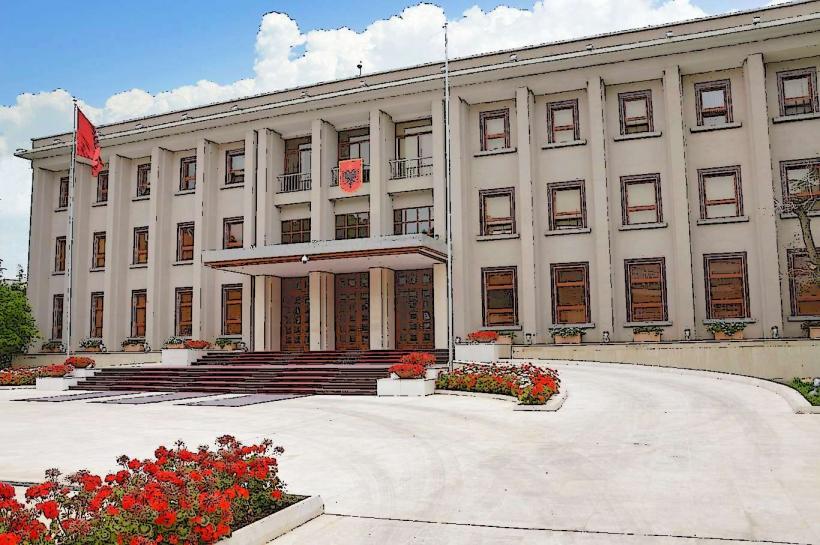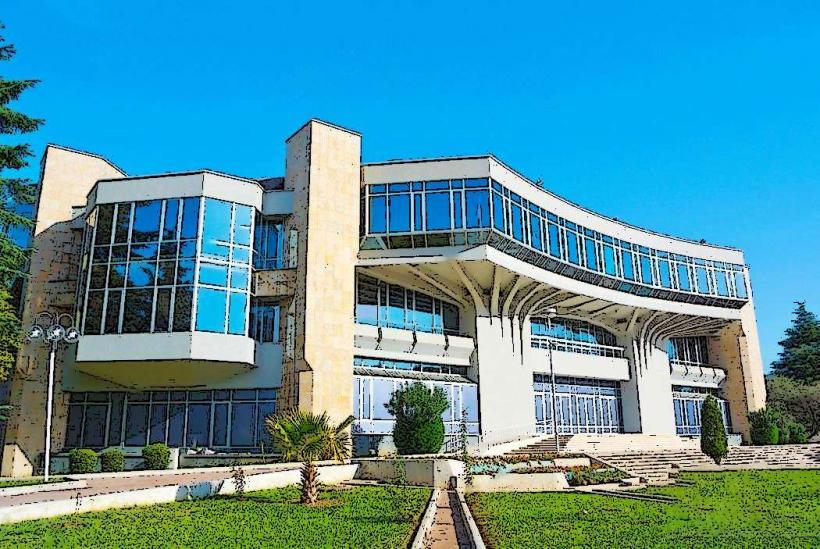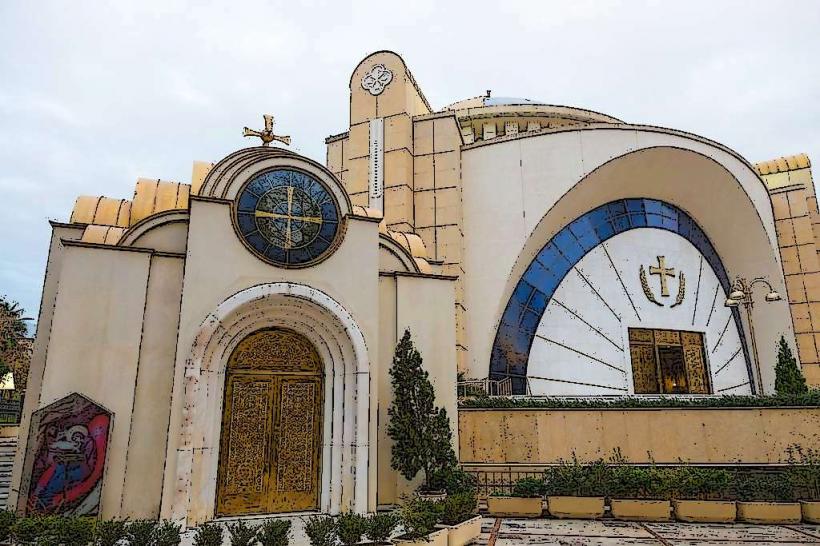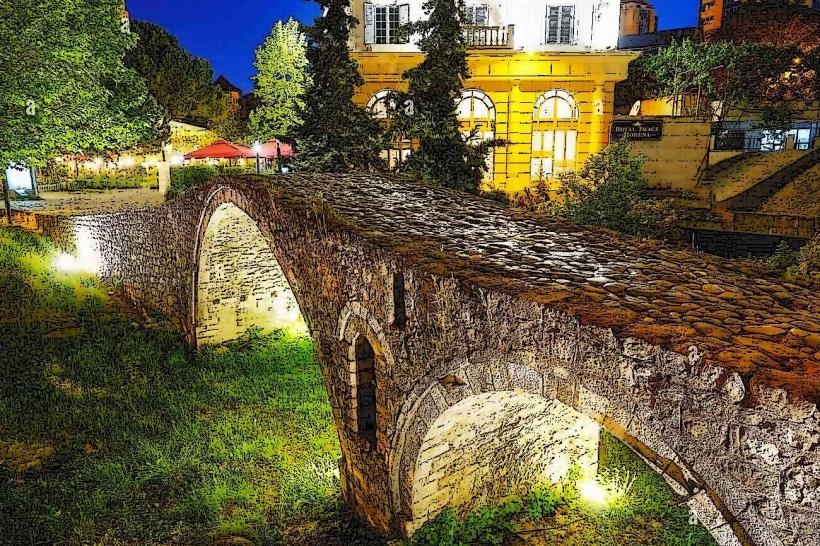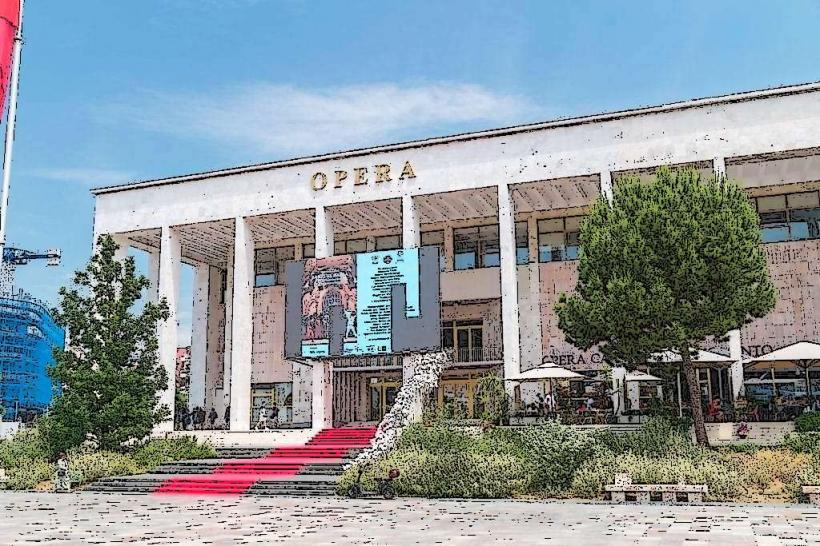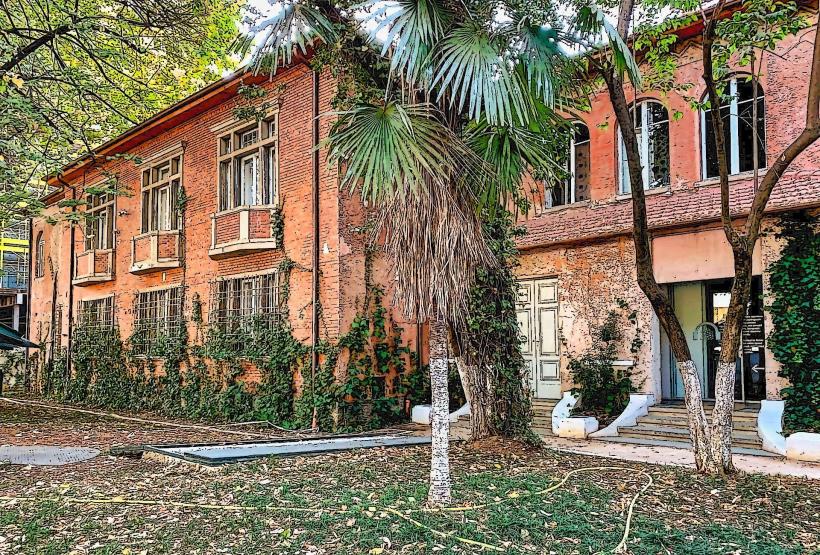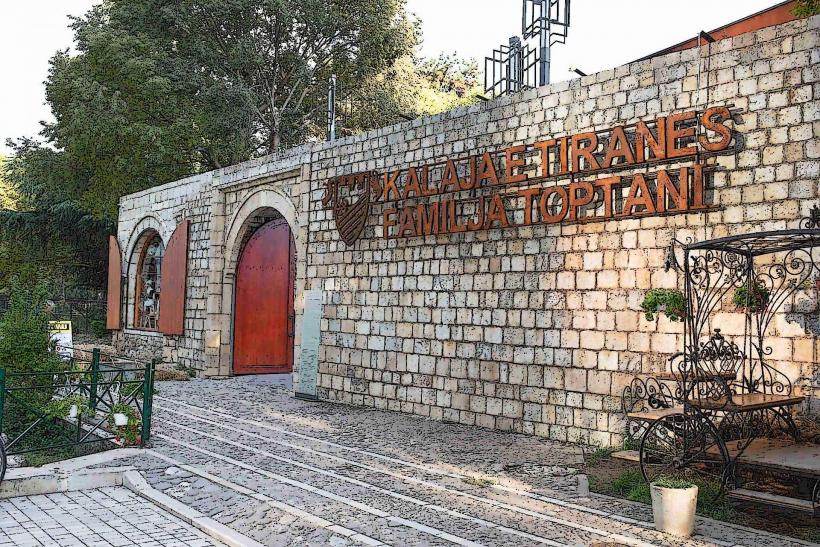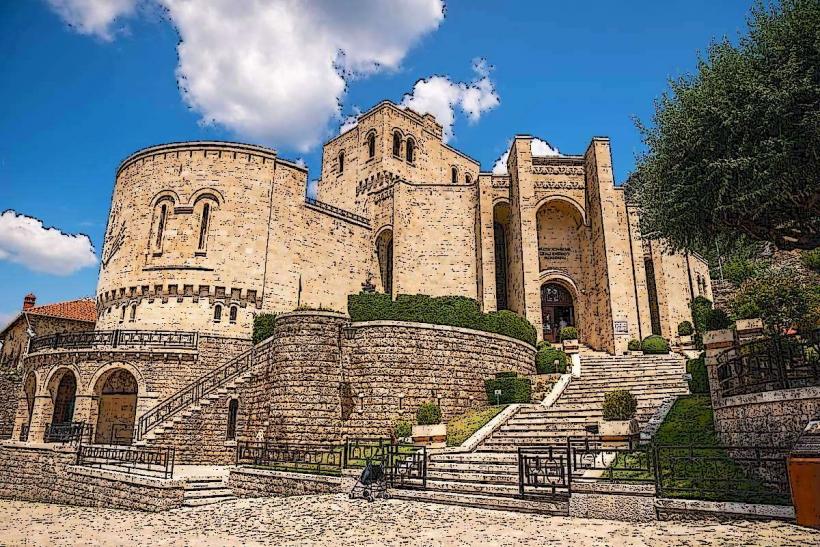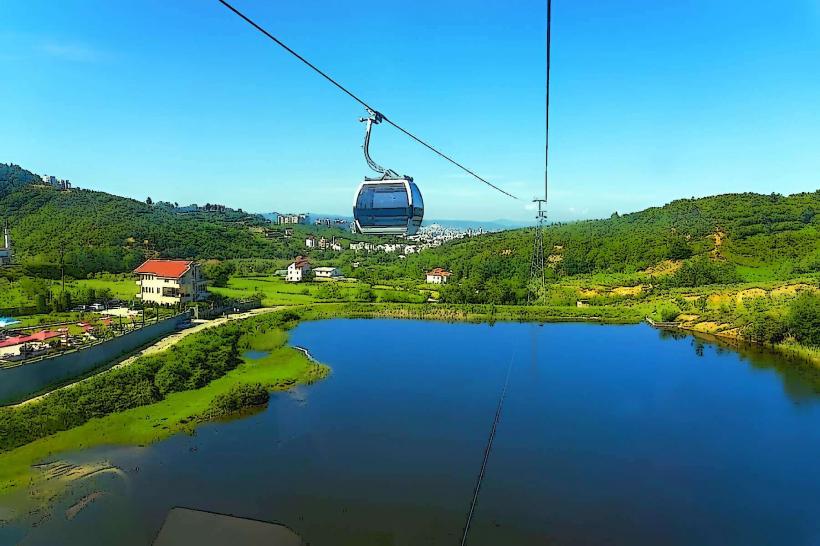Information
Landmark: Bunk'Art 2City: Tirana
Country: Albania
Continent: Europe
Bunk'Art 2 is the second part of Albania’s unique Bunk’Art museum series, following the success of Bunk'Art 1, which focuses on the history of the country’s communist regime and its extensive network of bunkers. While Bunk'Art 1 explores the history of the regime and the bunkers as symbols of fear and isolation, Bunk'Art 2 focuses on a more specific aspect of Albania’s history under communism: the Soviet and Chinese influence on the country’s policies, the dictatorial rule of Enver Hoxha, and the political repression that characterized life under the regime.
1. Historical Background and Context
Like Bunk'Art 1, Bunk'Art 2 is housed in one of the thousands of bunkers constructed throughout Albania during the communist era. The bunker used for this museum was specifically built as a nuclear shelter for government officials, and it’s located in the center of Tirana, near the former Ministry of Internal Affairs.
The Role of Bunkers in Albania: Under Hoxha, Albania’s communist regime invested heavily in the construction of bunkers, believing that they were essential to protecting the country from potential invasions, especially during the height of the Cold War. These bunkers became symbols of the regime’s fear, isolation, and paranoia about external threats, particularly from NATO or neighboring Yugoslavia.
Purpose of Bunk'Art 2: While Bunk'Art 1 focuses on the general history of Albania’s communist period, Bunk'Art 2 is more specific in its focus on the military, ideological, and diplomatic relationships between Albania and its communist allies, namely the Soviet Union and China. The museum highlights the way Albania became a closed-off state, with Hoxha rejecting both Soviet and Chinese influences after initially embracing them.
2. Exhibitions and Collections
Bunk'Art 2 takes visitors on a journey through the Soviet and Chinese influences on Albania, as well as the internal mechanisms of control that characterized Hoxha's totalitarian regime. The exhibitions in Bunk'Art 2 emphasize both international and domestic aspects of life in Albania under communism.
Soviet and Chinese Relations
Early Soviet Influence: After World War II, Albania aligned itself with the Soviet Union and adopted Marxist-Leninist policies under Hoxha. The museum details the early years of this alliance, which included economic assistance, military cooperation, and ideological alignment with the Soviet model of socialism.
Break with the Soviet Union: The exhibits detail the dramatic split between Albania and the Soviet Union in the 1960s. After Hoxha became critical of Nikita Khrushchev’s de-Stalinization efforts, Albania turned its back on the Soviet Union and eventually severed all ties with Moscow. This shift was one of the most significant moments in Albania’s Cold War history and was motivated by Hoxha’s desire to maintain absolute control over the country.
Alliance with China: After breaking with the Soviet Union, Albania sought an alliance with Maoist China, which was also critical of Soviet leadership. The museum showcases the cultural and ideological exchanges between the two countries during this period. However, this alliance was also short-lived. Albania severed ties with China in the 1970s, following disagreements over Albania’s extreme version of socialism and Mao's policies.
Life Under Hoxha’s Rule
Totalitarian Regime: Like Bunk'Art 1, Bunk'Art 2 explores how totalitarianism functioned in Albania, focusing on the repression of political dissent, the cult of personality around Hoxha, and the use of state violence to maintain control. The museum highlights the efforts to suppress political opposition, the systematic persecution of intellectuals, and the widespread spying by the Sigurimi, the secret police.
Political Persecution and Forced Labor: The museum offers exhibits on the purges of the communist party, the imprisonment of those who were considered “enemies of the state,” and the labor camps where many political prisoners were sent. This includes first-hand accounts and artifacts from victims of political persecution who were forced into labor camps or prison for their dissenting views.
The Cult of Personality
The museum also explores the cult of personality that was built around Hoxha. It explains how Hoxha cultivated a god-like image for himself and made efforts to rewrite history to reflect his leadership. His image was omnipresent, and his policies shaped every aspect of Albanian life, from education to the economy to international relations.
The museum displays photographs, posters, and artifacts that represent the extensive propaganda machinery created by the regime to glorify Hoxha and promote his ideological vision of Albania as a self-reliant socialist state.
Albanian Self-Isolation
The exhibits in Bunk'Art 2 detail Albania's extreme isolationist policies. After severing ties with both the Soviet Union and China, Albania became one of the most closed-off countries in the world. The regime implemented strict controls over travel, information, and communication with the outside world. The museum highlights how this isolation helped foster a culture of self-reliance, but it also contributed to a lack of resources and widespread poverty.
Cultural Isolation: The museum also explains how cultural and intellectual life in Albania was severely restricted. Foreign books and literature were banned, and education was shaped entirely by the state ideology. The regime’s policies created a climate where access to outside information was limited and heavily controlled.
3. The Role of the Bunker
Just like Bunk'Art 1, the physical structure of the bunker plays a significant role in Bunk'Art 2’s exhibitions. The bunker serves as a poignant reminder of the fear and paranoia that permeated the regime. The museum uses the bunker as a physical representation of the regime’s efforts to protect itself from external threats and its obsession with control over its citizens.
- Architecture and Structure: Visitors can explore the underground chambers, walk through its maze-like corridors, and learn about the bunker’s functionality. The rooms are filled with historical objects, audio-visual installations, and personal stories that give insight into the lives of Albanians living under constant surveillance and political repression.
4. Visitor Experience
Bunk'Art 2 offers a multimedia experience that allows visitors to explore the complex history of Albania’s isolationist policies and communist rule. The museum features interactive displays, video installations, and audio guides that provide context to the exhibits and bring the historical events to life.
- Educational and Thought-Provoking: The museum aims to provide visitors with a deeper understanding of totalitarianism, political repression, and the impact of external alliances on the country’s internal policies. For Albanians, it offers a way to confront and reflect on the past while fostering a broader understanding of how ideological decisions shaped the nation's trajectory.
5. Conclusion
Bunk'Art 2 is an essential part of Albania’s efforts to confront its past, particularly the complexities of its Cold War history, the relationship with its communist allies, and the dictatorship that shaped the country for decades. Through its engaging exhibitions and the haunting environment of the bunker, the museum allows visitors to grasp the trauma and resilience of Albania during the reign of Enver Hoxha. It complements Bunk'Art 1 by focusing on the foreign relations and internal mechanisms that were critical to understanding the dynamics of the communist regime.

